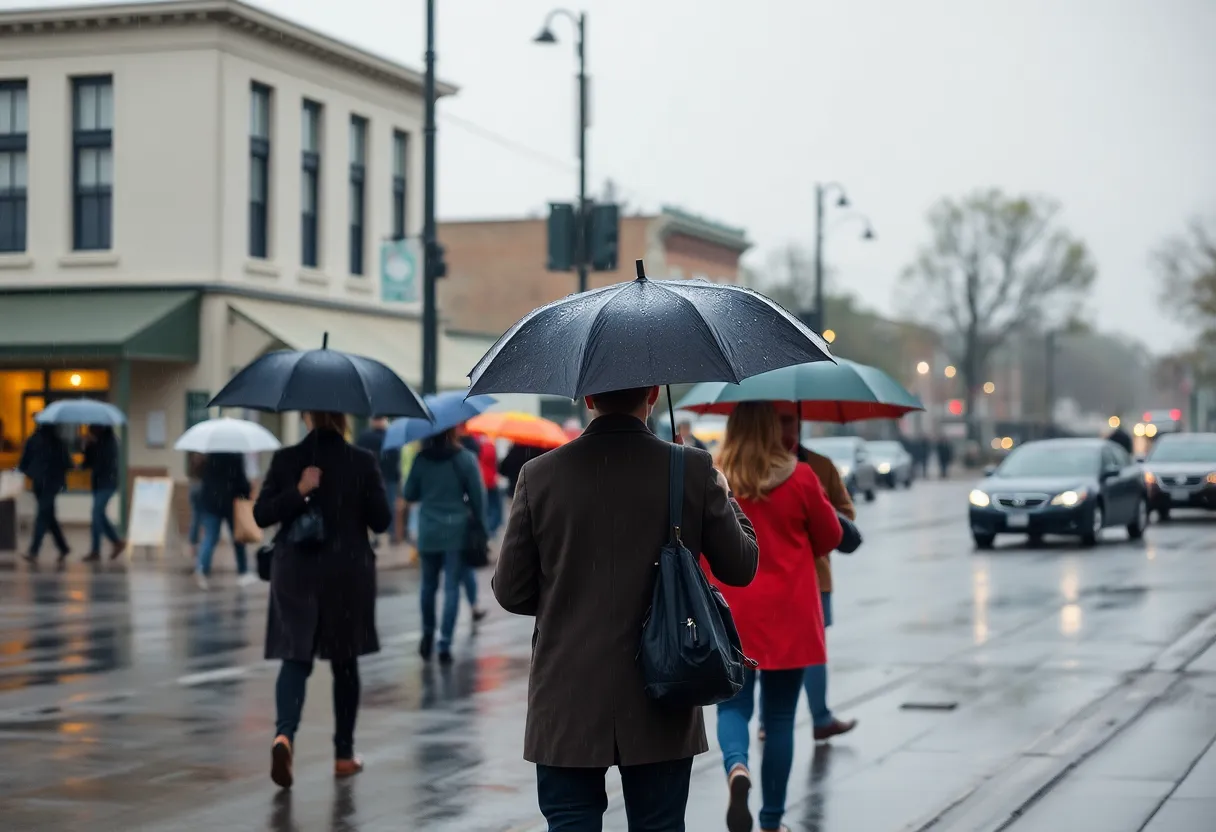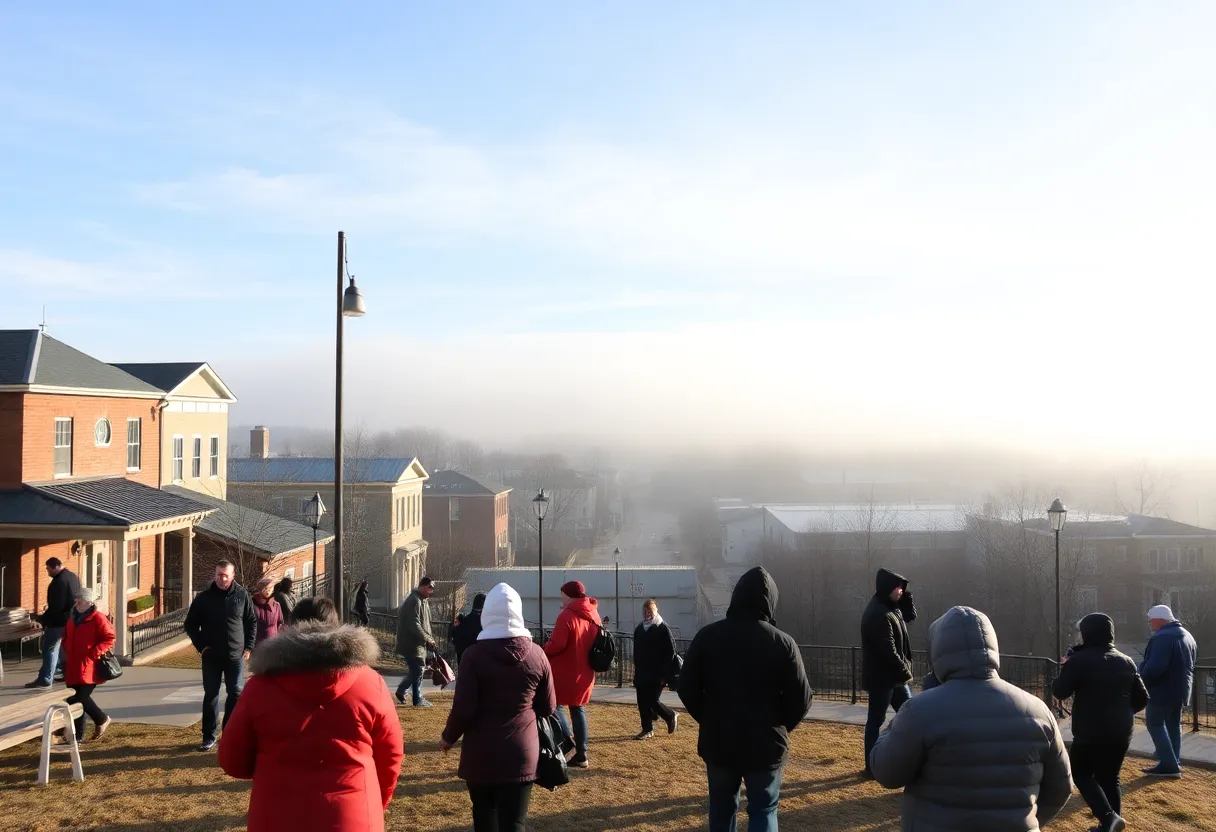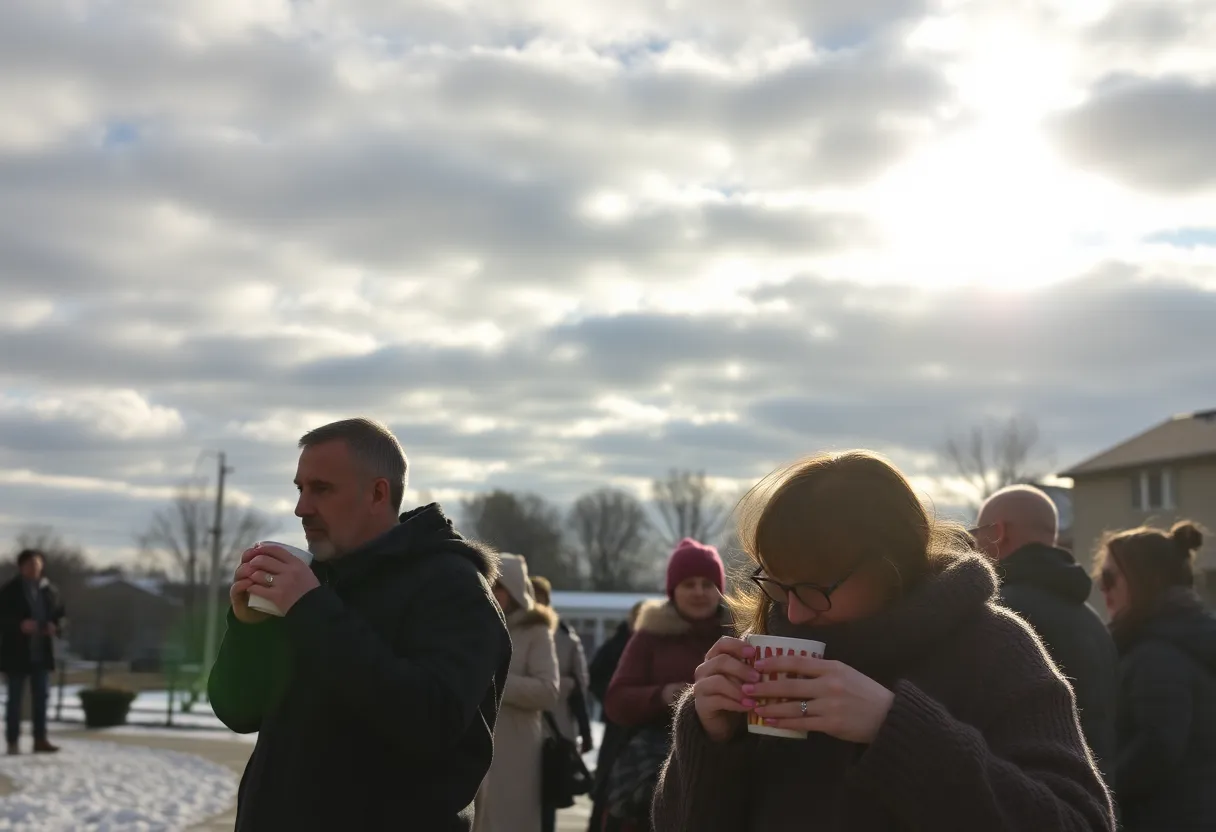What Are the Essential Steps for Inspecting Your Roof Before Winter?
Introduction
As winter approaches, a roof inspection is critical for homeowners. Major weather changes can exacerbate existing issues, leading to costly repairs if not addressed promptly. In this guide, we outline the essential steps to inspect your roof before winter, ensuring your home remains safe and secure throughout the colder months.
1. Perform a Visual Inspection
The first step in roof inspection is to conduct a thorough visual assessment. This can often be done from the ground using binoculars, providing a clear view of the roof’s condition.
Look for Damaged Shingles
Check for missing, cracked, or curled shingles. Such damage can allow moisture to penetrate, leading to leaks and other serious issues.
Inspect Flashing and Seals
Flashing helps seal joints and prevents water intrusion. Look for bent or missing flashing, especially around chimneys and skylights. Strong seals are essential for a watertight roof.
2. Check for Debris
Debris accumulation on the roof can trap moisture and lead to mold or rot. It is essential to remove leaves, branches, and any other materials from the surface. This ensures proper drainage and longevity of your roofing materials.
Clean the Gutters
Blocked gutters can cause overflow, leading to rain and melting snow facilitating leaks. Regularly clean the gutters to prevent ice dams that may form in cold weather.
3. Inspect Underneath the Roof
While the exterior inspection is critical, don’t overlook the condition of the roof’s underside, usually visible in the attic.
Check for Signs of Water Damage
Look for stains or discoloration that indicate past leaks. This can help identify problem areas that may need repair before winter sets in.
Look for Mold and Mildew
Mold and mildew thrive in damp conditions, and their presence indicates moisture problems. It’s crucial to address any moisture source and eradicate mold to ensure a sound structure.
4. Assess Roof Structure
Evaluate your roof’s structural integrity. A sagging roof line can indicate severe issues, requiring immediate professional attention.
Examine Roof Ventilation
Proper ventilation is essential for maintaining temperatures within the attic space, preventing ice dams. Ensure all vents are clear and functioning appropriately.
5. Check for Proper Insulation
Examine the attic insulation. Adequate insulation helps maintain temperature control, reducing energy costs and preventing ice dam formation.
Evaluate Airflow
Ensure there is sufficient airflow between insulation and the roof. This will aid in maintaining an appropriate environment and limit moisture build-up.
6. Professional Inspection
While a visual inspection can be performed by homeowners, scheduling a professional inspection can provide a deeper understanding of your roof’s condition. Experts can find potential issues that may go unnoticed by an untrained eye.
Regular Maintenance
Following up with regular inspections and maintenance is vital. Seasonal checks can prevent major problems before they arise.
Conclusion
As winter nears, making the effort to inspect your roof is crucial for safeguarding your home. By checking for damage, removing debris, and ensuring proper insulation and ventilation, homeowners can prevent many winter-related roof issues.
A well-maintained roof not only protects the home but also preserves its overall value. Taking these essential steps will contribute significantly to a stress-free winter.
Author: STAFF HERE CLINTON
The CLINTON STAFF WRITER represents the experienced team at HEREClinton.com, your go-to source for actionable local news and information in Clinton, Laurens County, and beyond. Specializing in "news you can use," we cover essential topics like product reviews for personal and business needs, local business directories, politics, real estate trends, neighborhood insights, and state news affecting the area—with deep expertise drawn from years of dedicated reporting and strong community input, including local press releases and business updates. We deliver top reporting on high-value events such as the Festival of Discovery, Clinton Community Day, and performances at the Whitten Center Amphitheater. Our coverage extends to key organizations like the Clinton Area Chamber of Commerce and the Laurens County Historical Society, plus leading businesses in manufacturing and education that power the local economy such as Milliken & Company and Presbyterian College. As part of the broader HERE network, including HEREAiken.com, HEREBeaufort.com, HEREChapin.com, HERECharleston.com, HEREClinton.com, HEREColumbia.com, HEREGeorgetown.com, HEREGreenwood.com, HEREGreenville.com, HEREHiltonHead.com, HEREIrmo.com, HEREMyrtleBeach.com, HERENewberry.com, HERERockHill.com, and HERESpartanburg.com, we provide comprehensive, credible insights into South Carolina's dynamic landscape.


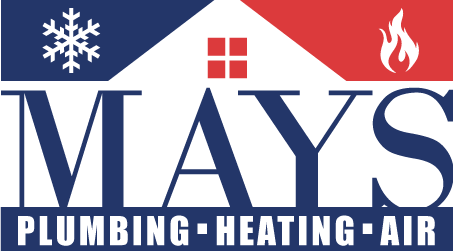

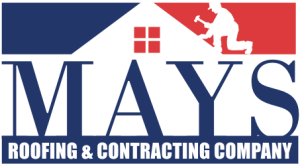 Mays Contracting
Mays Contracting